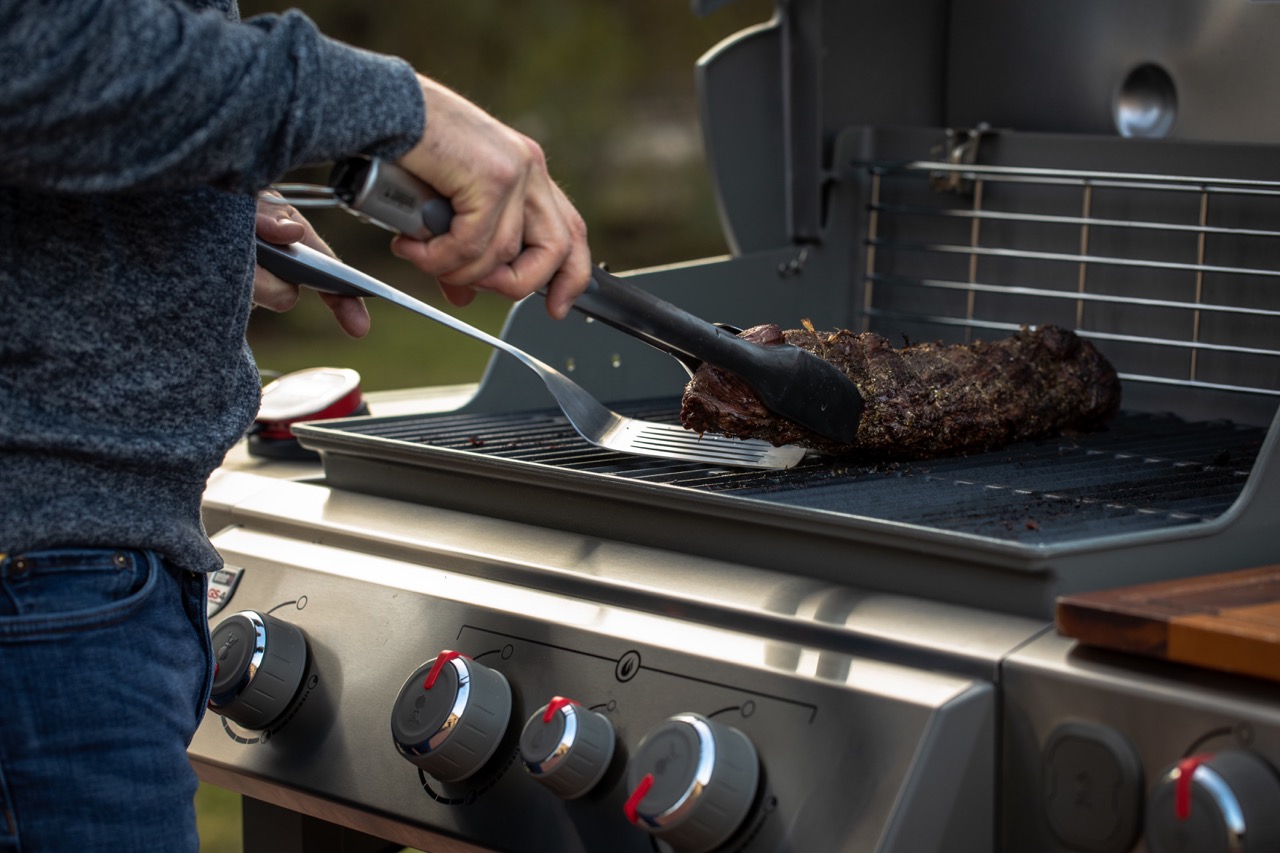

Articles
How To Cook On A Gas Grill
Modified: March 21, 2024
Learn the best techniques and tips for cooking on a gas grill with our informative articles. Master the art of outdoor grilling and impress your guests!
(Many of the links in this article redirect to a specific reviewed product. Your purchase of these products through affiliate links helps to generate commission for Storables.com, at no extra cost. Learn more)
Introduction
Welcome to the world of gas grilling! Whether you are a seasoned grill master or a novice looking to enhance your outdoor cooking skills, using a gas grill offers convenience, versatility, and delicious results. In this article, we will guide you through all the essential steps of cooking on a gas grill, from safety precautions to cleaning and maintenance tips. So, let’s fire up the grill and get started!
Gas grills are popular among outdoor cooking enthusiasts due to their quick and efficient heat distribution. Unlike charcoal grills, gas grills provide instant ignition and precise temperature control, allowing you to easily adjust the heat for different cooking methods. Whether you want to sear a steak, grill vegetables, or slow cook a tender rack of ribs, a gas grill can accommodate a wide range of culinary creations.
Before we dive into the intricacies of gas grill cooking, it is important to note that safety should always be your top priority. Follow the manufacturer’s instructions and take necessary precautions to ensure a safe grilling experience. Now, let’s explore the steps involved in using a gas grill to create mouthwatering dishes for your family and friends.
Key Takeaways:
- Master the art of gas grilling by prioritizing safety, preparing the grill, and exploring various cooking techniques to create flavorful meals for family and friends.
- Ensure the longevity and performance of your gas grill by following proper cleaning and maintenance tips, and refer to the FAQs for common concerns and queries.
Read more: How To Start A Gas Grill
Safety Precautions
When it comes to cooking on a gas grill, taking proper safety precautions is essential for a worry-free and enjoyable grilling experience. Here are some important safety tips to keep in mind:
- Read the User Manual: Before using your gas grill, thoroughly read and understand the user manual provided by the manufacturer. Familiarize yourself with the specific features and operating instructions of your grill.
- Check for Leaks: Regularly inspect the gas hose and connections for any signs of leaks. You can perform a simple test by applying a solution of soapy water to the connections. If you see any bubbles forming, there might be a leak. In such cases, turn off the gas supply immediately and tighten the connections or replace the faulty parts.
- Proper Ventilation: Always ensure that your grill is positioned in a well-ventilated area, preferably outdoors. Grilling in an enclosed space can lead to carbon monoxide buildup, which can be extremely dangerous.
- Keep Flammable Materials Away: Keep flammable materials such as paper towels, cooking oils, and propane tanks away from the grill to avoid accidental fires. It is also advisable to have a fire extinguisher nearby, just in case.
- Children and Pets: Keep children and pets at a safe distance from the grill while it is in use. The hot surfaces can cause serious burns, and small children may accidentally topple the grill.
- Use Protective Gear: To protect yourself from potential burns, always use oven mitts or heat-resistant gloves when handling hot grill components. Avoid wearing loose-fitting clothing that can catch fire easily.
- Clean the Grill Properly: Regularly clean your gas grill to prevent grease buildup, which can cause flare-ups. Turn off the grill and let it cool before cleaning. Use a grill brush to remove food particles and residue from the grates and surfaces.
- Monitor the Grill: Never leave your grill unattended while it is in use. Keep a close eye on the cooking process and have all the necessary tools and ingredients within reach.
Following these safety precautions will help ensure that your grilling experience is not only delicious but also safe for everyone involved. Now that we have covered the safety aspect, let’s move on to preparing the gas grill for cooking.
Preparing the Gas Grill
Before you start cooking on your gas grill, it is essential to properly prepare and set up the grill for optimal performance and delicious results. Follow these steps to ensure your gas grill is ready to go:
- Clean the Grill: Start by giving your gas grill a thorough cleaning. Remove any debris or leftover food particles from the grates, burners, and cooking surfaces. Use a grill brush to scrub away any stubborn residue. Cleaning the grill not only improves hygiene but also prevents any unwanted flavors from transferring to your food.
- Check the Gas Supply: Make sure your gas tank is properly connected and has enough propane or natural gas. If you are using a propane tank, ensure it is securely fastened to the grill. If the tank is not full or running low, consider replacing it with a full tank to avoid any interruptions during the cooking process.
- Inspect the Burners: Check the burner tubes for any obstructions or clogs. Clear out any debris or insects that may have made their way into the burners. This allows for proper gas flow and even heat distribution during cooking.
- Replace any Damaged Parts: Inspect all the parts of the grill, such as the grates, flavorizer bars, and ignition system. If you notice any damaged or rusted components, it is advisable to replace them before proceeding with cooking. This ensures that your grill functions optimally and prevents any potential hazards.
- Arrange the Cooking Area: Depending on the type of food you plan to cook, arrange the grates or use additional accessories like grilling baskets or skewers. Preparing the cooking area in advance saves time and allows for efficient grilling.
Once you have completed these steps, your gas grill will be clean, properly fueled, and in good working condition. Now, it’s time to ignite the grill and get ready for some delicious cooking!
Igniting the Gas Grill
Now that you have prepared the gas grill, it’s time to ignite the burners and get the cooking started. Follow these steps to safely and effectively ignite your gas grill:
- Open the Lid: Start by opening the lid of your gas grill to allow for proper ventilation and prevent the buildup of gas.
- Turn on the Gas Supply: If you’re using a propane gas grill, open the valve on the propane tank slowly. For natural gas grills, ensure that the gas supply line is turned on.
- Ignition Options: Gas grills typically have two types of ignition options. The first is a built-in ignition system that uses a push-button or electronic igniter. The second option is a manual ignition using a long-reach lighter or matchstick.
- Using the Built-in Ignition: If your grill has a built-in ignition system, locate the ignition button or switch. Press it firmly to ignite the burners. You may need to press and hold the button until the burners ignite. If the burners do not light within a few seconds, turn off the gas and wait a few minutes before attempting to ignite them again.
- Using a Manual Ignition: If your grill does not have a built-in ignition system, use a long-reach lighter or matchstick. Light the lighter or matchstick and hold it near the burner ports while turning on the corresponding burner knob. The gas should ignite, and you can continue lighting the remaining burners.
- Adjusting the Flame: Once the burners are lit, adjust the flame settings according to your desired cooking temperature. Most gas grills have control knobs that allow you to increase or decrease the flame intensity. Refer to the grill’s manual or use trial and error to find the ideal heat level for your cooking needs.
Remember, safety is paramount when igniting a gas grill. If the burners do not ignite after several attempts, turn off the gas supply, wait for a few minutes, and start the ignition process again. If you encounter persistent ignition issues, consult the grill’s manual or seek professional assistance.
Now that your gas grill is ignited, it’s time to preheat the grill before starting the actual cooking process. Let’s move on to the next step!
Preheating the Grill
Preheating the gas grill is an important step to ensure even cooking and to create those beautiful sear marks on your food. Follow these steps to properly preheat your gas grill:
- Closing the Lid: Before preheating, close the lid of your gas grill. This helps trap the heat inside, allowing the grill to reach the desired temperature more quickly.
- Adjusting the Burner Settings: Turn all the burners to their highest heat setting. This allows for maximum heat output during the preheating process.
- Preheating Time: The preheating time will vary depending on the size and type of your gas grill. In general, it takes about 10-15 minutes for the grill to reach the desired cooking temperature. During this time, the grates and cooking surfaces heat up, ensuring even heat distribution while cooking.
- Checking the Temperature: Use a grill thermometer to check the internal temperature of the grill. Most gas grills have a built-in temperature gauge on the lid, but it’s always a good idea to double-check using a separate thermometer. The recommended preheating temperature can range between 400°F to 500°F (204°C to 260°C), depending on the type of food you plan to cook.
Preheating the grill not only helps with even cooking but also helps to burn off any residual debris and bacteria present on the grates. This process also promotes the development of natural non-stick properties on the grill, making it easier to release the food once it’s cooked.
Once the grill has reached the desired preheating temperature, it’s time to unleash your culinary skills and start cooking! In the next section, we will explore different cooking techniques you can apply on a gas grill to achieve delicious and flavorful results.
When cooking on a gas grill, preheat the grill for at least 10-15 minutes before adding your food. This will ensure that the grill grates are hot enough to create a good sear and prevent sticking.
Read more: How To Clean A Gas Grill
Cooking Techniques
When it comes to cooking on a gas grill, there are several techniques you can use to achieve a wide range of delicious and flavorful meals. Here are some popular cooking techniques that you can try:
- Direct Grilling: This is the most common grilling technique where food is cooked directly over the flames. It is ideal for foods that cook quickly, such as burgers, steaks, chicken breasts, and vegetables. Make sure to adjust the heat accordingly to achieve the desired level of doneness.
- Indirect Grilling: This technique involves cooking food on the cooler side of the grill away from the direct heat. It is perfect for larger cuts of meat, such as whole chickens, roasts, and ribs. By cooking indirectly, you ensure that the food cooks evenly and retains its moisture.
- Searing: Searing is a technique used to create a flavorful crust on the surface of meat or fish while locking in the juices. To sear, cook the food over high heat for a short period until it develops a caramelized exterior. After searing, move the food to a cooler part of the grill and continue cooking until it reaches the desired internal temperature.
- Smoking: If you want to infuse your food with rich, smoky flavors, smoking is the way to go. Use wood chips or chunks to create smoke in your gas grill. Soak the wood in water for at least 30 minutes before placing it over the heat source. This technique is perfect for meats, fish, and even vegetables.
- Rotisserie: Many gas grills come with a rotisserie attachment that allows you to cook large cuts of meat while they rotate slowly. This technique ensures even cooking and beautifully crispy skin. Use a rotisserie for roasts, whole chickens, and even kebabs.
- Grilling with Foil Packets: Foil packets are a convenient way to cook delicate foods, such as fish, shrimp, or vegetables. Simply wrap the ingredients in foil, season them to your liking, and place them on the grill. The foil helps to seal in the flavors and allows for easy cooking and cleanup.
Remember to keep an eye on the cooking time and adjust the heat as needed to prevent burning or undercooking. Each cooking technique requires practice and experimentation to master, so don’t hesitate to try new recipes and techniques to discover your grilling prowess.
Now that you are familiar with various cooking techniques, let’s explore some cleaning and maintenance tips to ensure the longevity and performance of your gas grill.
Cleaning and Maintenance Tips
Proper cleaning and maintenance of your gas grill are essential to keep it in optimal condition, ensure food safety, and prolong its lifespan. Follow these tips to keep your grill clean and functioning well:
- After Each Use: Once you have finished grilling, brush the grates with a grill brush to remove any food particles and residue. This prevents buildup and makes future cleaning easier.
- Deep Cleaning: Periodically, give your grill a deep cleaning to remove grease and grime. Turn off the gas supply and wait for the grill to cool completely. Remove the grates, flavorizer bars, and grease tray. Scrub them with warm soapy water or a grill cleaner. Rinse thoroughly and let them dry before reassembling.
- Clean the Burners: Inspect the burners for clogs or blockages. Use a soft brush or a pipe cleaner to clean out any debris or spider webs that may be obstructing the burners. Ensure they are clean and free of any obstacles to ensure proper gas flow.
- Wipe Down the Exterior: Regularly wipe down the exterior surfaces of your gas grill with a damp cloth or mild cleaning solution. This helps remove dirt, dust, and fingerprints, keeping your grill looking clean and shiny.
- Check the Ignition System: Periodically inspect the ignition system for dirt or corrosion. Clean or replace any damaged parts to ensure a reliable ignition.
- Protect Your Grill: Use a weather-resistant cover to protect your gas grill from the elements when it is not in use. This helps prevent rusting, prolongs the life of your grill, and reduces the need for extensive cleaning.
- Inspect the Gas Hose: Regularly check the gas hose for cracks, leaks, or wear and tear. Replace it immediately if you notice any signs of damage to ensure a safe grilling experience.
- Keep a Maintenance Schedule: Create a maintenance schedule to keep track of regular cleaning and inspection tasks. This helps you stay organized and ensures that your grill remains in top-notch condition for years to come.
By following these cleaning and maintenance tips, you can enjoy hassle-free grilling and prolong the lifespan of your gas grill. Now, let’s address some common questions related to gas grilling.
Frequently Asked Questions
Here are answers to some commonly asked questions about gas grilling:
- Can I use my gas grill indoors?
- How often should I clean my gas grill?
- What’s the best way to prevent flare-ups?
- How can I avoid food sticking to the grates?
- How do I know when the food is done?
- Can I use wood chips or pellets in my gas grill?
- What should I do if I run out of gas while grilling?
No, gas grills should never be used indoors due to the risk of carbon monoxide poisoning. Gas grills should always be operated in well-ventilated outdoor areas.
It is recommended to clean your gas grill after every use to remove any leftover food particles and grease. Additionally, a deep cleaning should be done periodically to ensure proper maintenance.
To prevent flare-ups, make sure to remove excess fat from the meat before grilling. Avoid placing fatty meats directly over the flames. If flare-ups occur, move the food to a cooler part of the grill until the flames subside.
To prevent food from sticking to the grates, make sure they are clean and well-oiled before cooking. Preheat the grill thoroughly and lightly oil the grates before placing the food on them. Avoid flipping the food too early, as it may stick if it hasn’t formed a crust yet.
Invest in a good instant-read meat thermometer to ensure your food is cooked to the desired doneness. Different meats and cuts have different recommended internal temperatures, so refer to a cooking guide or recipe for specific guidelines.
Yes, you can use wood chips or pellets in a gas grill to infuse smoky flavors. Soak the wood chips in water for about 30 minutes, then drain and place them in a smoker box or wrap them in foil with holes poked in it. Place the packet directly on the heat source.
If you run out of gas while grilling, turn off the burners and the gas supply. Disconnect and replace the empty gas tank with a full one. Allow the grill to cool down before reigniting and continuing the cooking process.
These are just a few of the most commonly asked questions about gas grilling. If you have any specific concerns or queries, consult the user manual of your grill or reach out to the manufacturer for assistance.
Now that we’ve covered the FAQs, let’s conclude our article on cooking on a gas grill.
Conclusion
Now that you have familiarized yourself with the ins and outs of cooking on a gas grill, it’s time to put your newfound knowledge into practice and become a grilling aficionado. Remember to prioritize safety by following the necessary precautions and taking proper care of your gas grill. Preparing the grill, igniting it correctly, and preheating it will set the stage for successful and flavorful cooking.
Explore different cooking techniques, such as direct grilling, indirect grilling, searing, smoking, and rotisserie, to create a variety of delicious meals that will impress your family and friends. Don’t forget to clean and maintain your grill regularly to ensure its longevity and peak performance.
If you have any questions or concerns, refer to the FAQs section or consult your grill’s user manual for more specific information. By incorporating these tips into your gas grilling routine, you’ll be on your way to unforgettable outdoor culinary experiences.
So, fire up the grill, unleash your creativity, and enjoy the sensational flavors that only a gas grill can provide. Happy grilling!
Frequently Asked Questions about How To Cook On A Gas Grill
Was this page helpful?
At Storables.com, we guarantee accurate and reliable information. Our content, validated by Expert Board Contributors, is crafted following stringent Editorial Policies. We're committed to providing you with well-researched, expert-backed insights for all your informational needs.
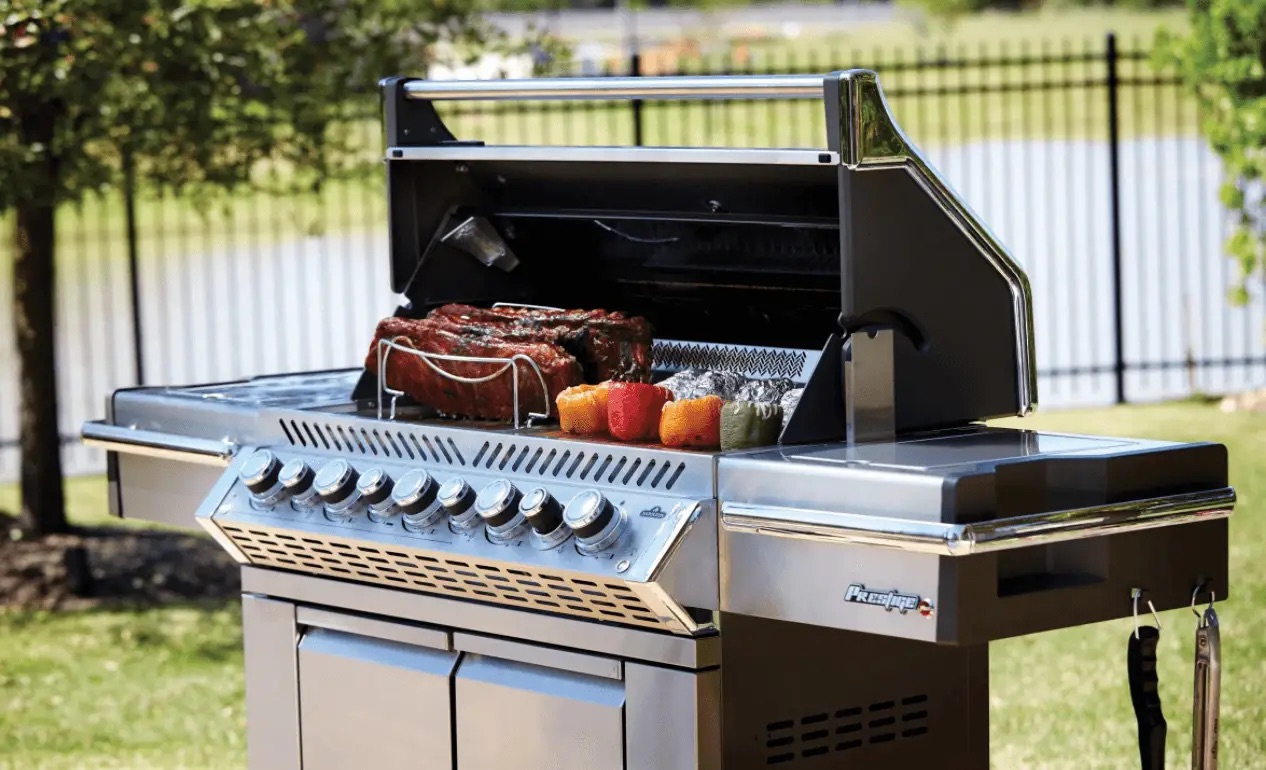

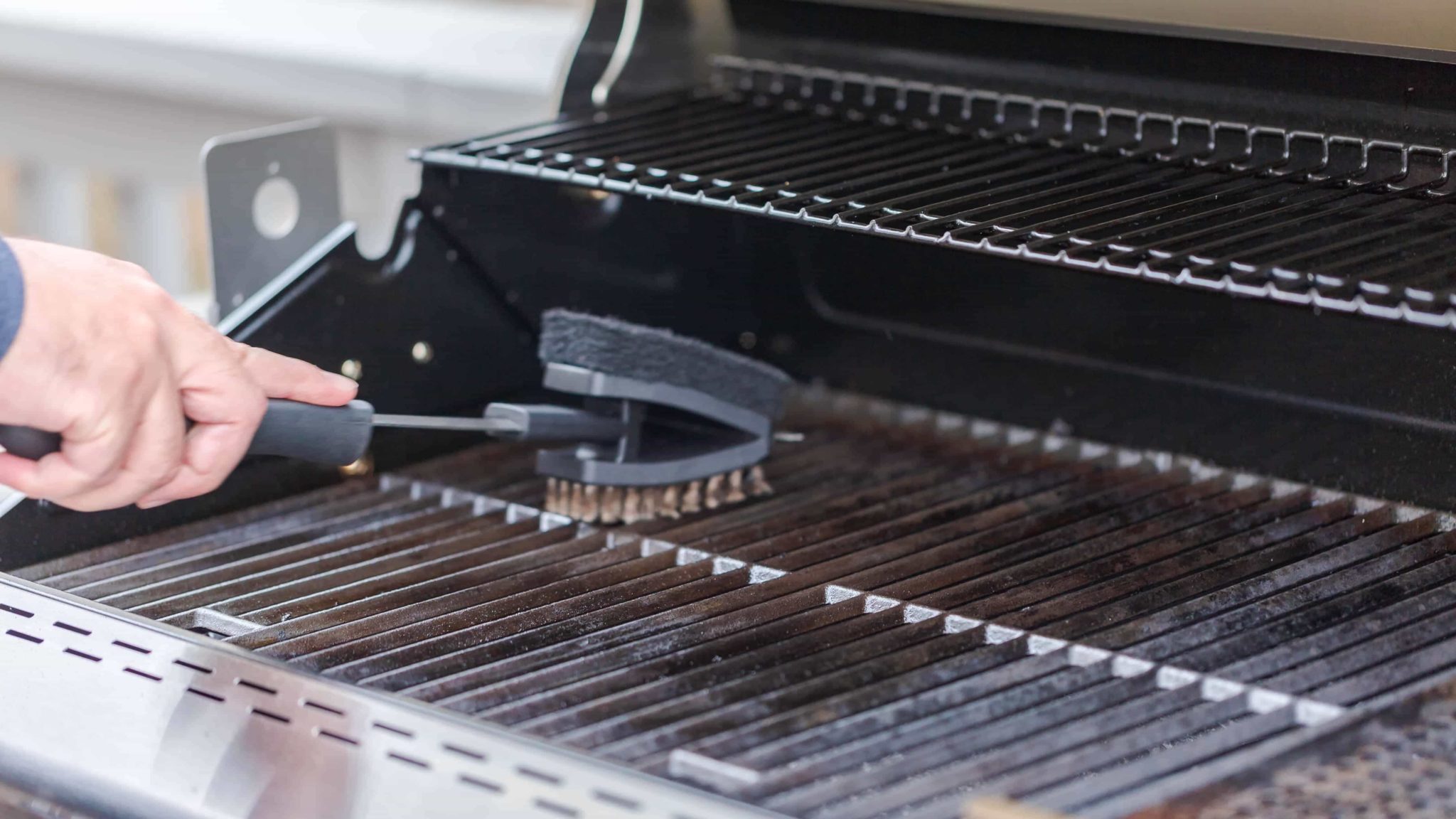
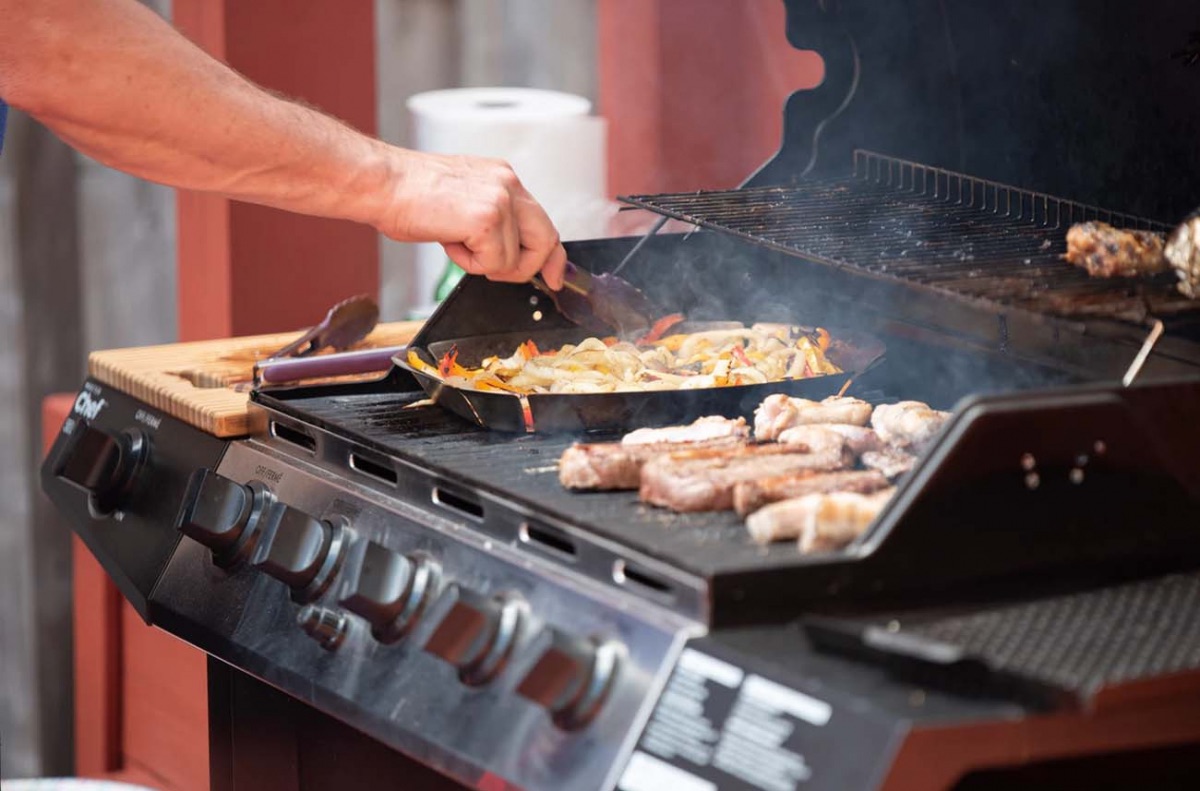
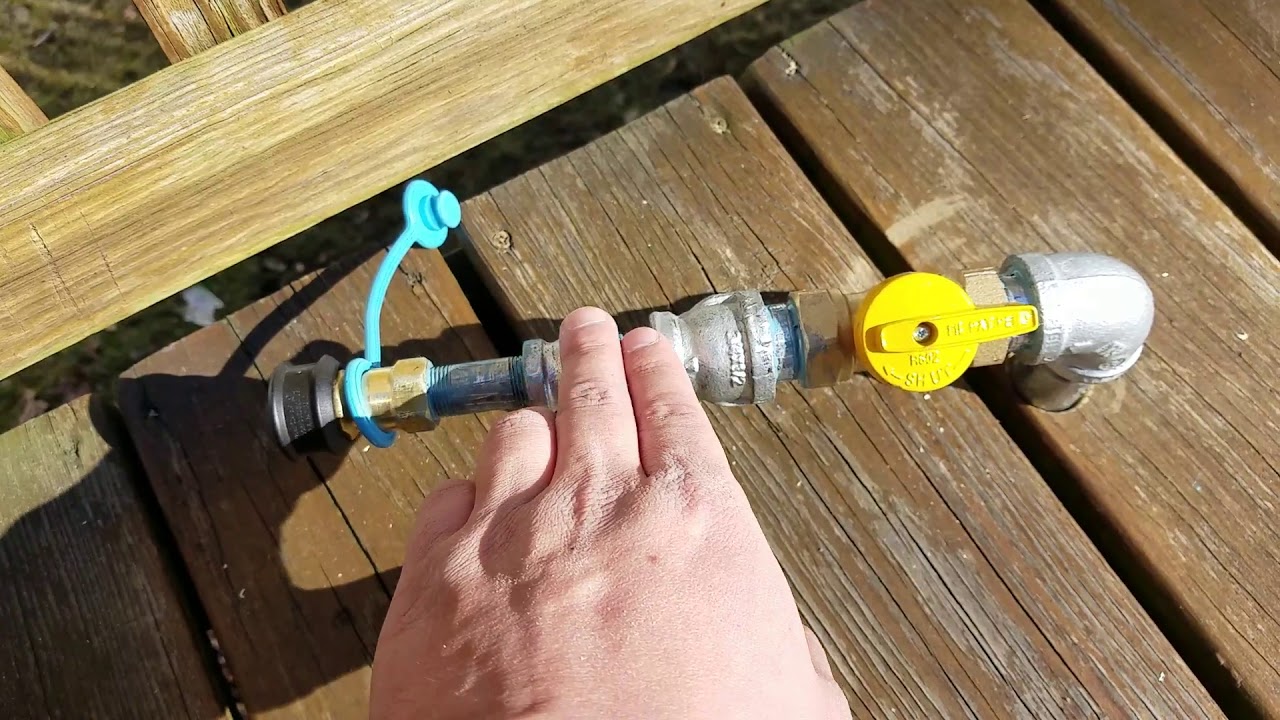
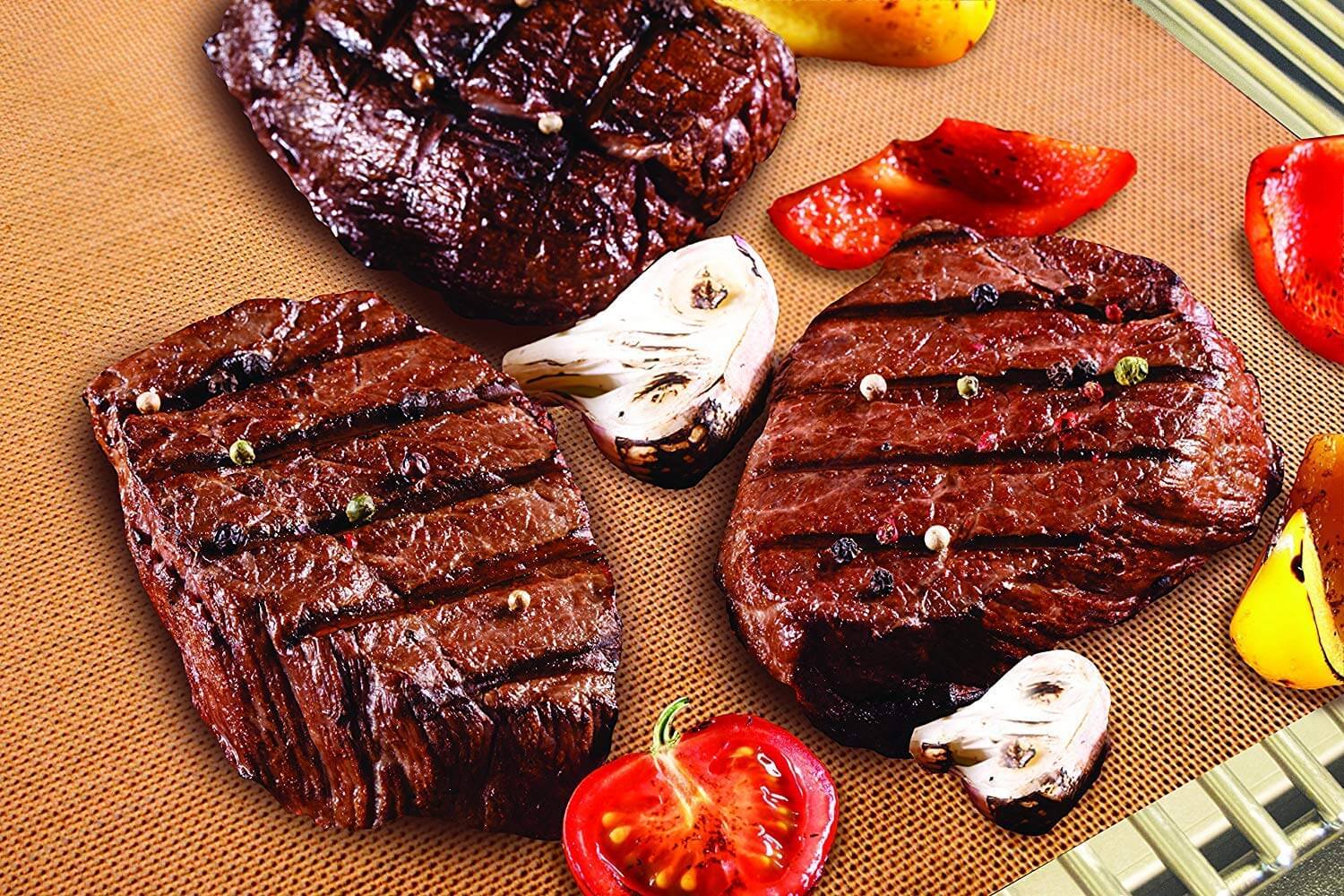
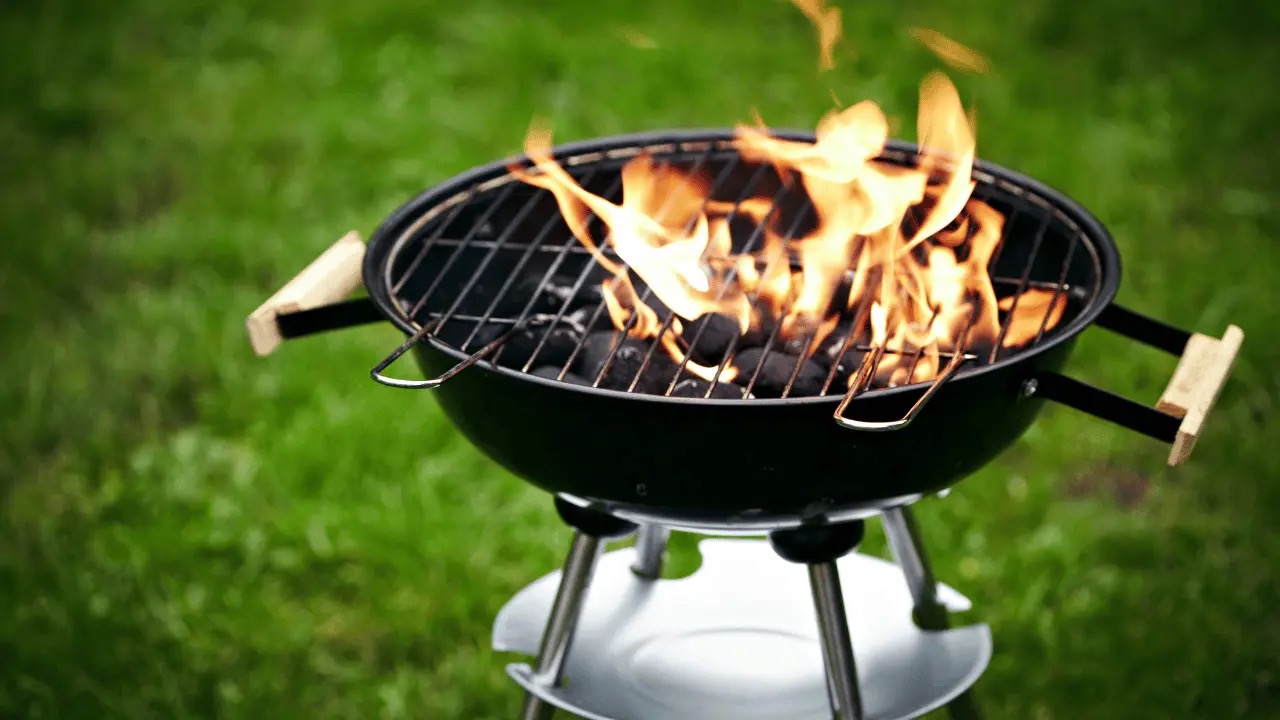
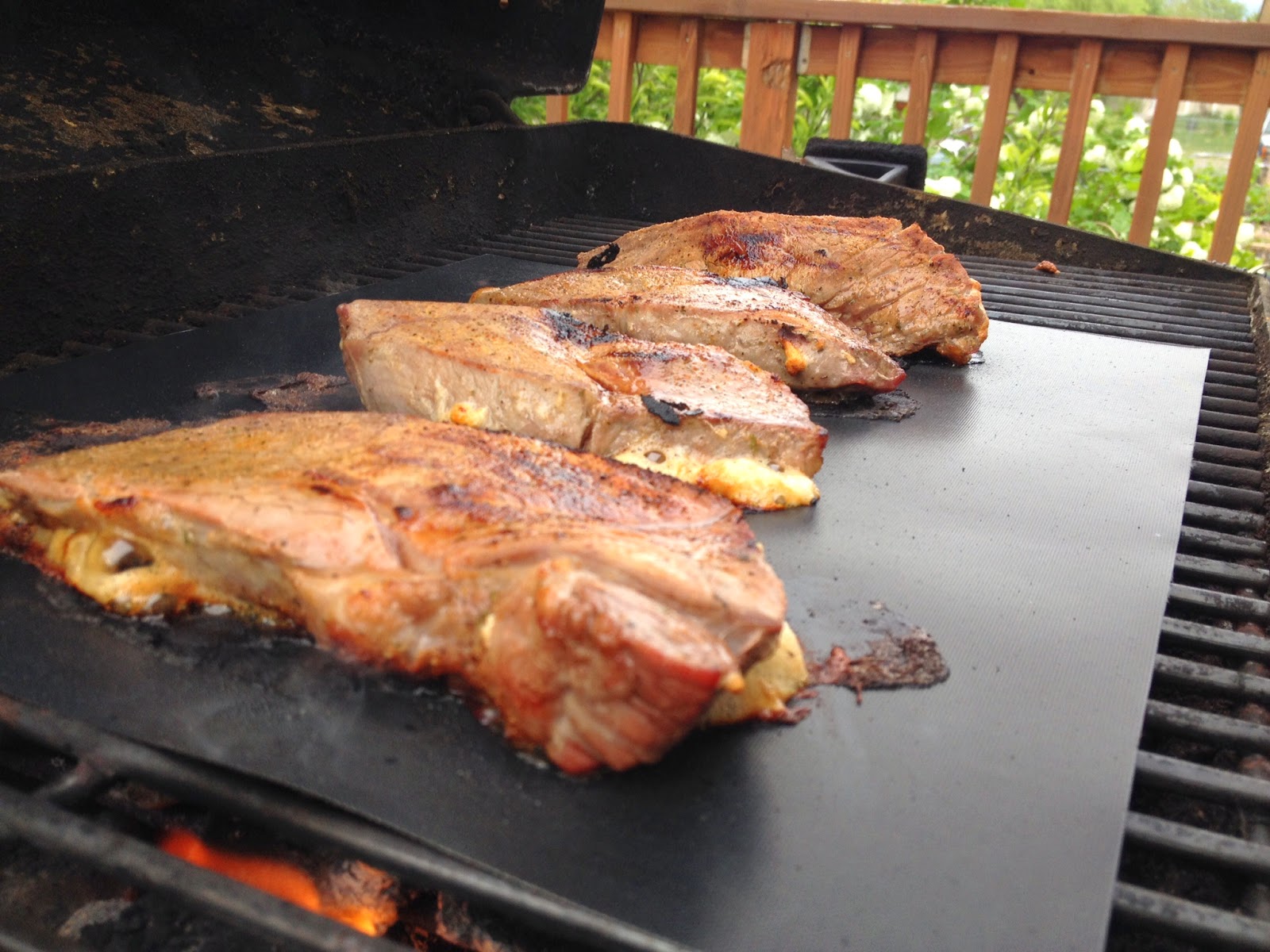
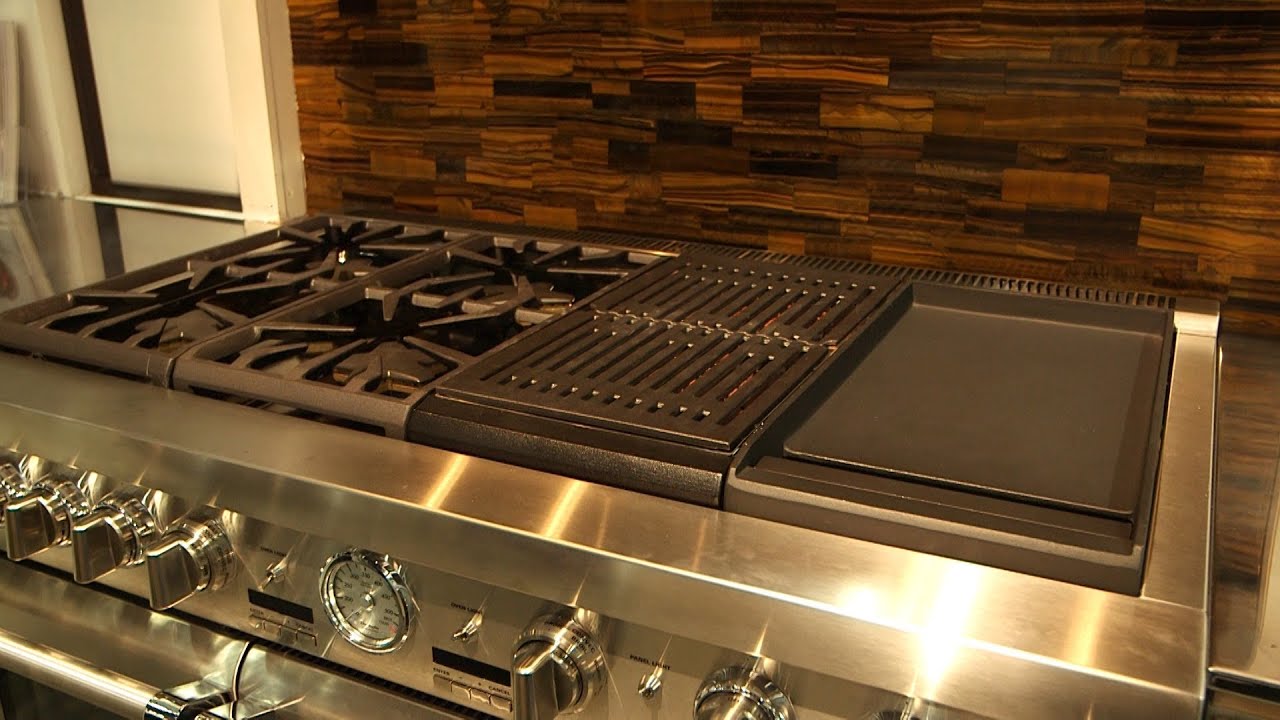
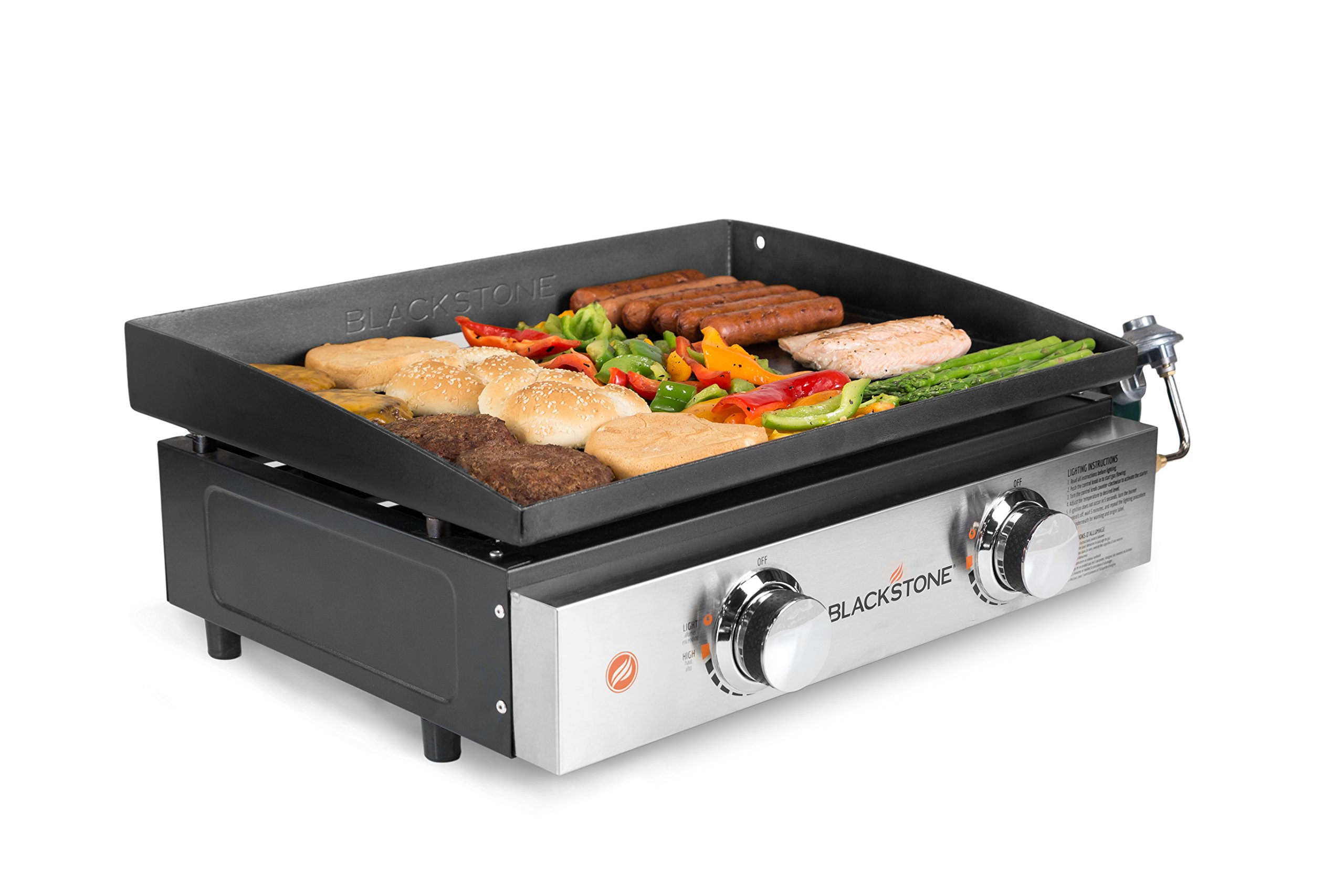
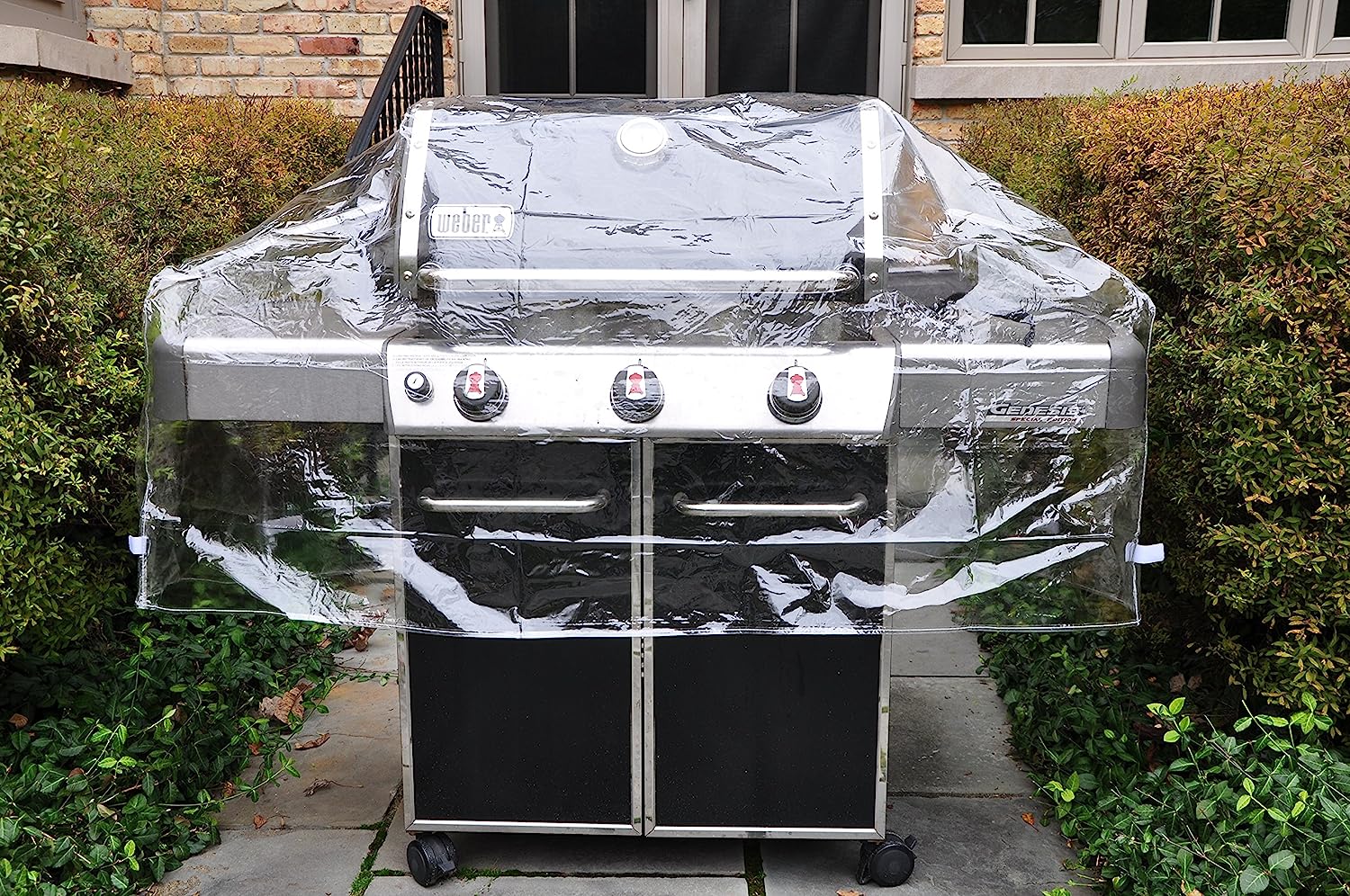
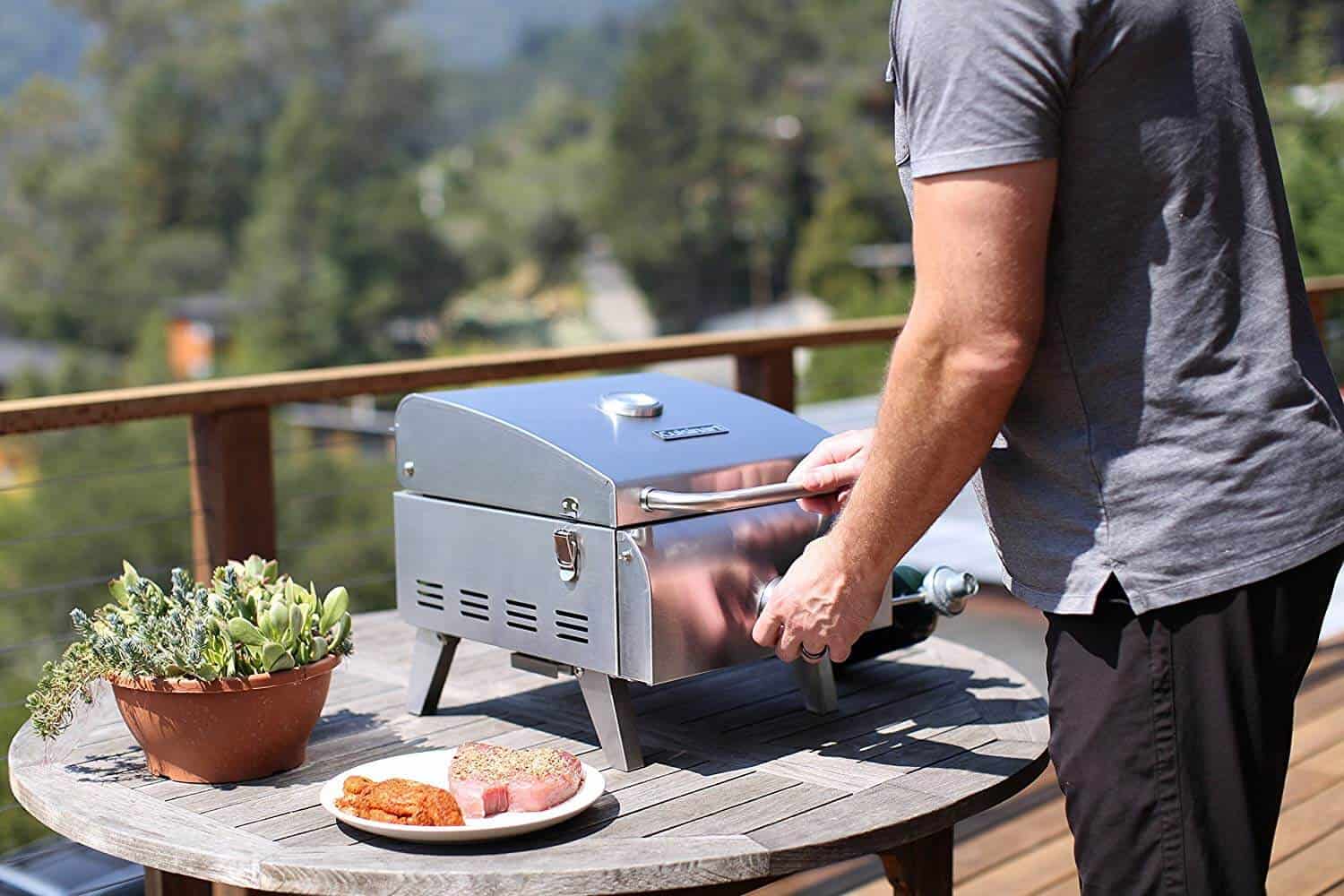
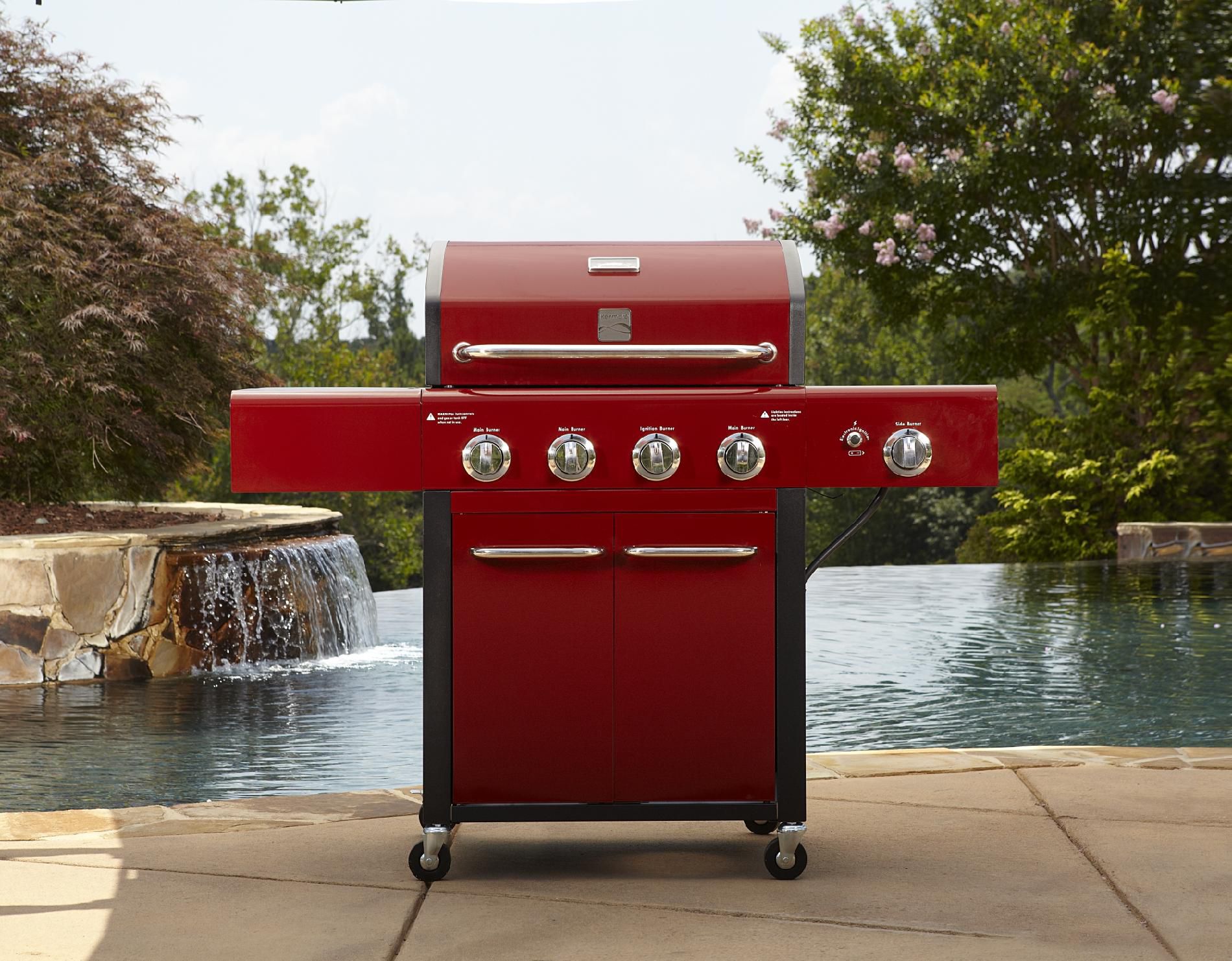
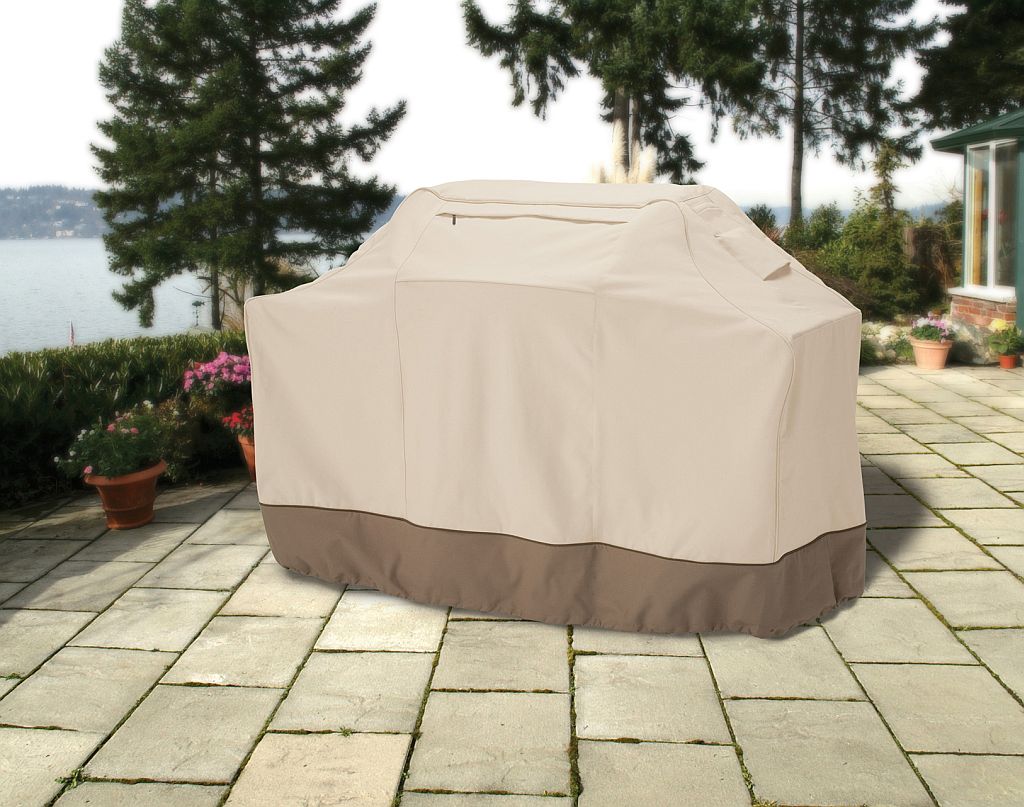

0 thoughts on “How To Cook On A Gas Grill”